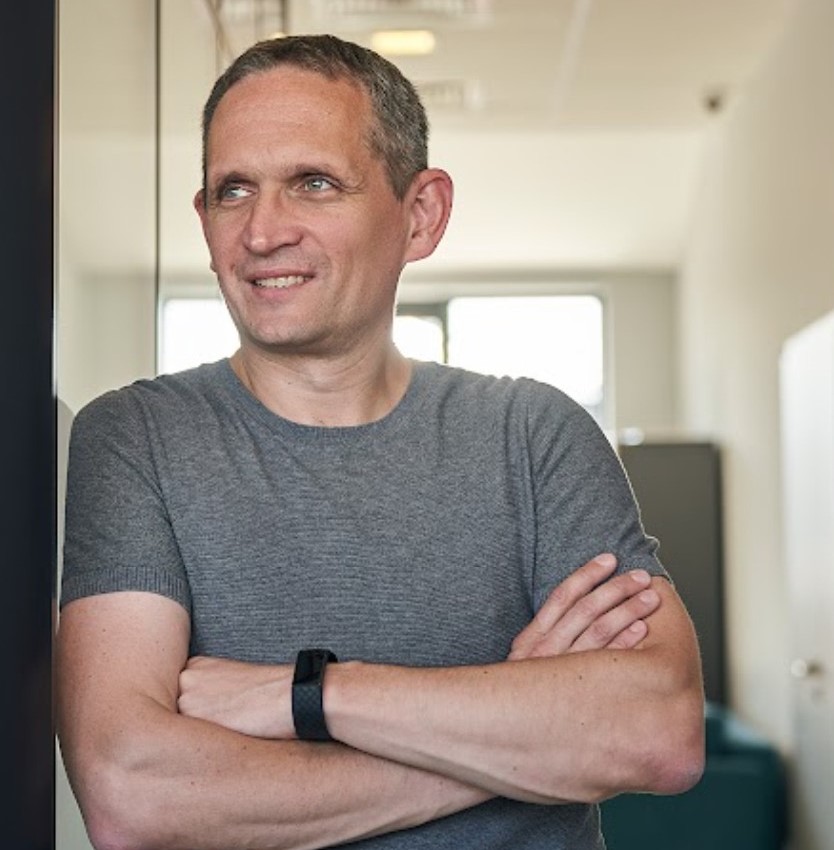
What if a key part of the solution to Asia’s looming demographic crisis lies in embracing something we in the pharmaceutical industry have long avoided, complex, multi-target, so-called ‘dirty’ drugs? Across the region, a slow-burning emergency is unfolding. Birth rates are plunging, life expectancy is climbing, and the population pyramid is inverting. In countries like Japan, South Korea, China, and Singapore, this is already translating into overburdened health systems, lonely older populations, frustrated youth, and stifled economic growth. The conventional tools of medicine, clean, single-target therapies, are falling short in the face of the complexity underlying chronic diseases and the ageing process itself.
Tackling them effectively demands therapies that engage multiple biological ‘levers’ at once, without triggering chaos. Until recently, the complexity and risk involved in designing drugs of this kind were, for all intents and purposes, unmanageable. But that is now changing- emerging artificial intelligence (AI) models, particularly graph neural networks, allow us to navigate ageing’s complexity and design effective, multi-target compounds with exceptional precision and efficacy.
Ageing Is a Systems Problem
Ageing is not a result of a single malfunction; it’s a gradual, systemic breakdown that touches everything. Metabolic regulation slips. Immune signals misfire. Neuroendocrine rhythms falter. Regeneration slows. These aren’t isolated failures; they’re deeply interconnected.
Ageing researchers have long understood this. We’ve mapped the tangled web of genes, pathways, enzymes, and signalling molecules involved. But understanding that complexity exists is not the same as being able to address it. As with other aspects of medical research, most drug discovery efforts in longevity biotech have focused on single levers: one gene, one protein, one pathway at a time.
There were good reasons for this. Multi-target drugs were, justifiably, seen as unacceptably risky. They raised too many questions: Which effect is helping? Which is harmful? Will regulators approve something so unpredictable?
And that’s the problem. In systems as interconnected as human ageing as well as chronic disease, this reductionist approach delivers only incremental gains. It’s why so many “silver bullet” interventions have fallen short in translation, from antioxidant cocktails to NAD boosters, to senolytics. Tackling one pathway while others fail around it is like fixing a single wire in a burning circuit board. If we are to truly intervene in ageing, we need an approach that doesn’t simplify complexity, but works with it.
Polypharmacology Is Powerful
Some of the most successful drugs in medicine turn out to work not because they are clean but because they are complex, though their multi-target nature was often discovered only after their development and approval. Imatinib (Gleevec), for instance, was designed to shut down a single malfunctioning protein in leukaemia. But it also blocks other targets, like c-KIT and PDGFR. That ‘off-target’ activity helped make it a blockbuster.
Or consider clozapine, a gold-standard treatment for schizophrenia. It doesn't just block dopamine (like other antipsychotics). It interacts with serotonin, histamine, and even immune-related receptors. That messy profile gives it both its unmatched efficacy (and its complicated side effect profile).
Over and over again, we see examples like these, now classic cases where clinical success stemmed from unexpected multi-target activity. Slowly, we have begun to accept that polypharmacology isn’t a flaw. Rather, it is the hidden engine of efficacy. Yet, geroscience is lagging, still chasing the illusion of single-pathway interventions in a deeply multifactorial process. Now, with the right tools, that can finally change.
A Step Change in Capability
In our recent collaboration with Scripps Research, researchers at Gero used a graph neural network to deliberately design compounds that modulate multiple biogenic amine receptors, key players in neuroendocrine ageing. The results exceeded expectations: over 70 per cent of the AI-identified compounds extended lifespan when tested in C. elegans. Eight of them extended lifespan by more than 50 per cent. One compound achieved a 74 per cent lifespan extension, placing it in the top 5 per cent of all known geroprotectors in the DrugAge database.
These were phenotypic assays: the compounds were tested directly in lifespan extension models, and their mechanisms of action were confirmed using genetic knockdowns of their predicted targets. But what matters most is not so much the specific numbers, it’s the turning point this represents. AI models can now rationally navigate the tangled, multi-target biology of ageing. For the first time, we have a proof-of-concept that we can engineer polypharmacology at scale, rather than stumbling into it.
Of course, C. elegans are simple organisms, they don’t have organs like hearts, so side effects such as cardiotoxicity (e.g., via hERG channel binding, a classic polypharmacology safety concern) don’t manifest. Safety remains a major hurdle. But here too, proteome-scale in silico prediction may offer a solution. With AI expanding to cover off-target toxicity across the human proteome, even complex safety profiles may soon be tractable.
Why Asia Has the Opportunity to Lead
Nowhere is the need for innovation in ageing medicine more urgent than in Asia, and few other places are better positioned to lead. Singapore, for example, has made longevity science a national priority. The Healthy Longevity Translational Research Programme at the National University of Singapore (NUS) is a flagship initiative linking clinical trials, biomarker research, and translational ageing science.
Meanwhile, China’s AI ecosystem is scaling at breathtaking speed, with companies like DeepSeek pioneering large multimodal foundation models. Perhaps most notably, Asia is already producing world-class operators in AI-driven drug discovery. Insilico Medicine, founded in Hong Kong and now operating globally, has advanced multiple AI-discovered drug candidates into clinical trials, including one for idiopathic pulmonary fibrosis, showing that end-to-end AI pipelines are no longer speculative.
This combination of demographic urgency and technological capability makes AI-enabled multi-target drug discovery a natural fit and a potential growth driver for the region. Asia has the opportunity to define this field, not merely participate in it.
Complexity Is the Future
The future of longevity medicine won’t come from ignoring complexity, but from embracing it; from letting go of isolation and embracing orchestration. For decades, the pharmaceutical industry tried to simplify its way through the complexity of ageing. But now, with AI and polypharmacology, we finally have the tools to meet that complexity on its terms.
There is something deeply Asian in this approach. In Taoist and Zen traditions, progress doesn’t come from resisting the current, but from learning to flow with it. The same may now be true in medicine.
This is not just a technical evolution, but a philosophical one. The age of AI-designed complexity is here. Let’s shape it.
Dr Peter Fedichev, Founder, Gero, Singapore




